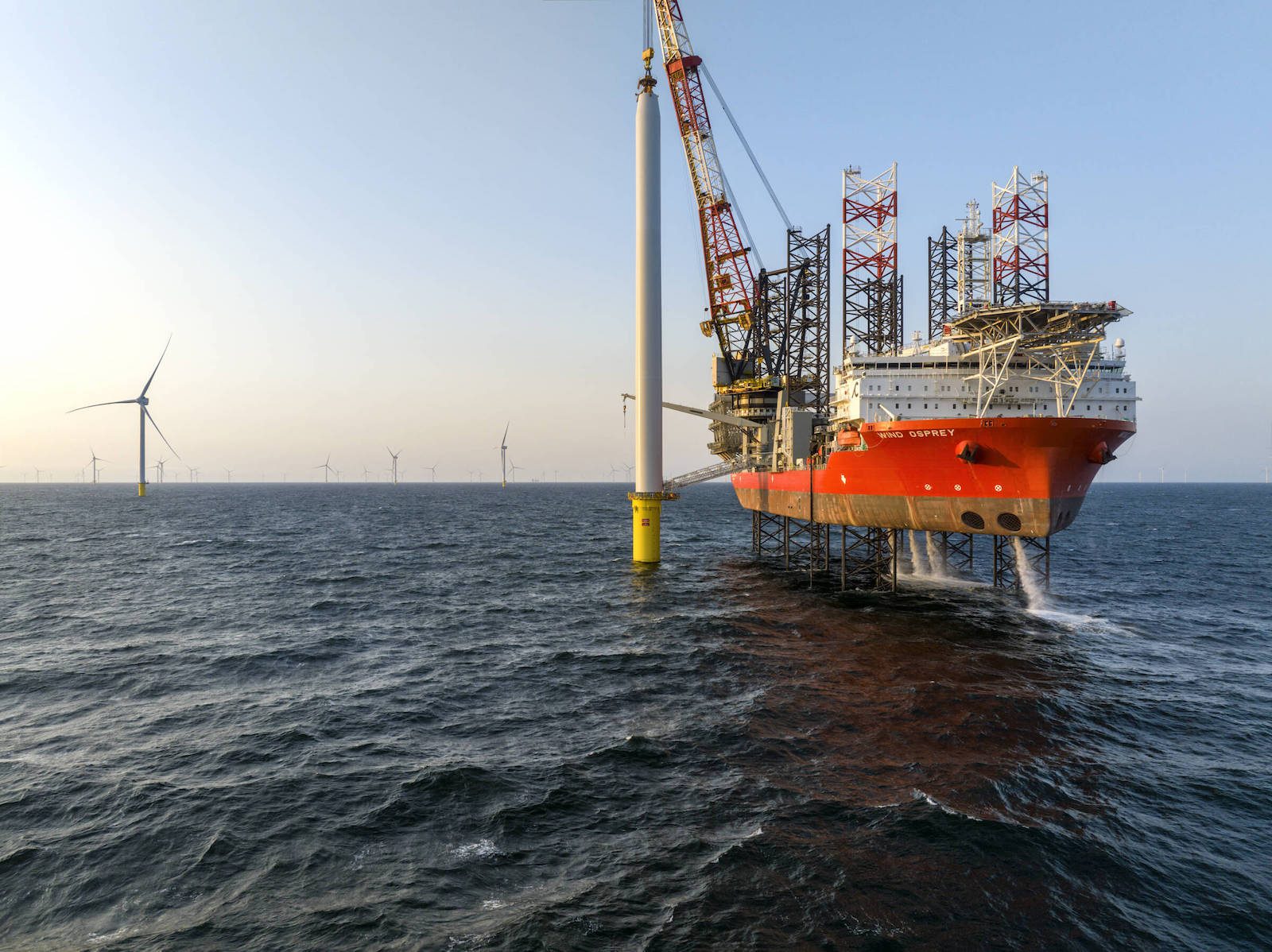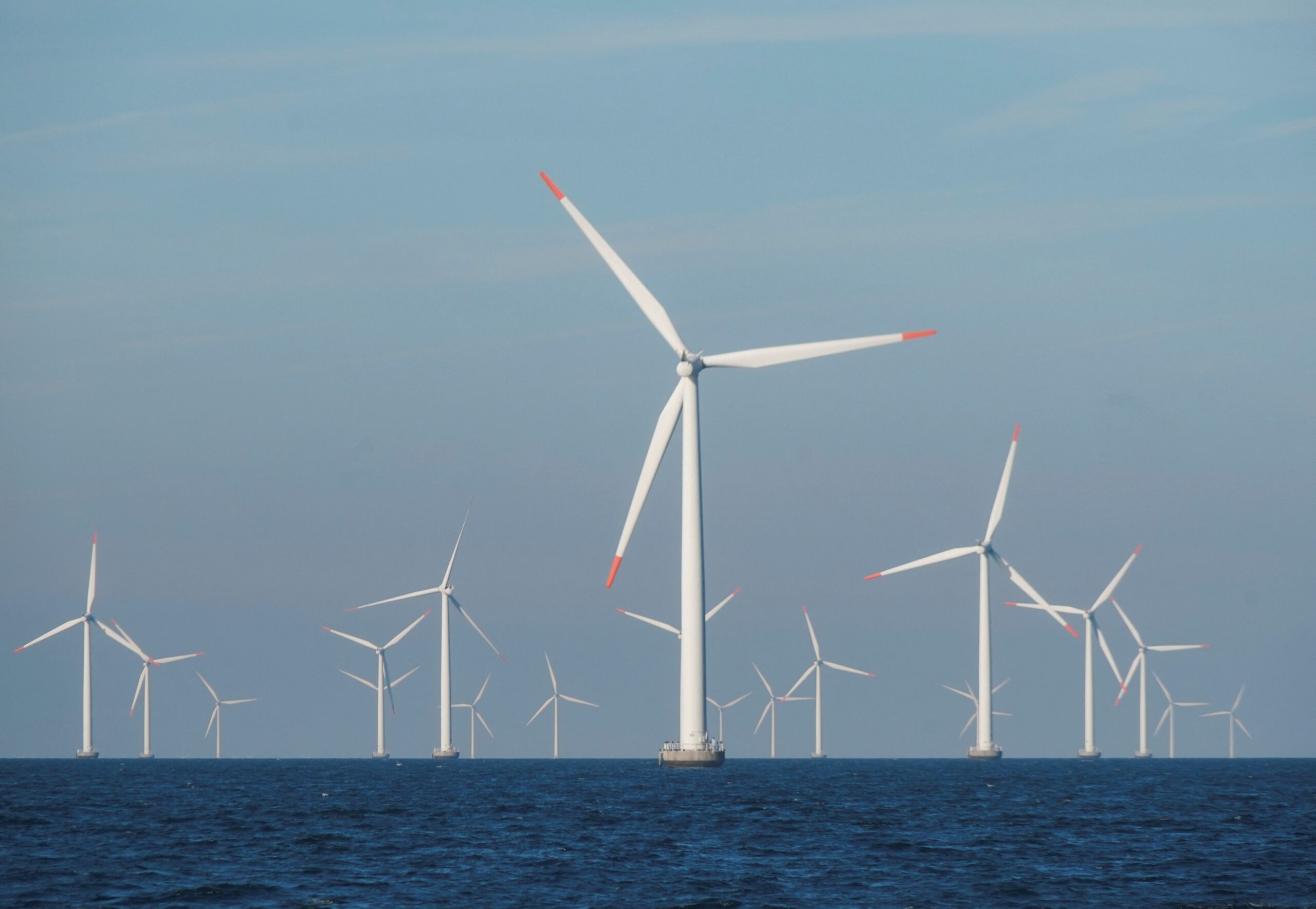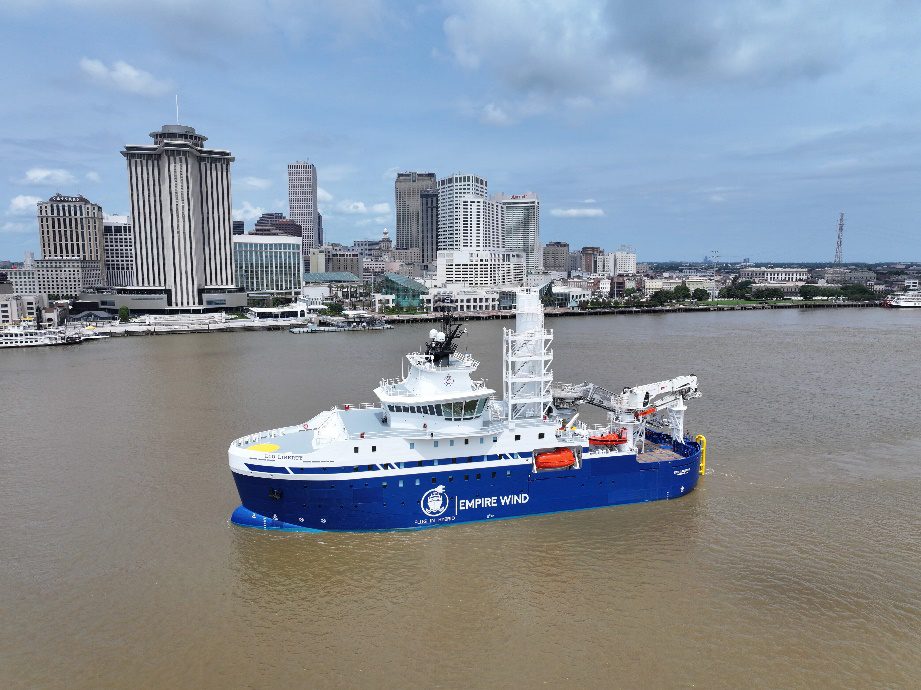Odfjell Oceanwind, in partnership with Source Galileo Norge and Kansai Electric Power Company, has been awarded a significant grant amounting to around US $190 million for the GoliatVIND project.
The funding is provided by Enova, a Norwegian state-owned enterprise that promotes environmentally friendly energy production and consumption, and represents the largest award given under the offshore wind program to date.
GoliatVIND is groundbreaking 75 MW project that aims to demonstrate the potential of floating offshore wind technology. The project will feature five turbines, each boasting a capacity of 15 MW, that will supply power the Goliat FPSO in the Barents Sea.
Goliat is known as the world’s largest cylindrical floating production storage and offloading unit for oil production and is currently powered by a 75 MW power cable from shore. The platform is located northwest of Hammerfest in Norway, an area with a water depth of 300 to 400 meters, making it an ideal location to demonstrate the versatility of floating offshore wind.
The project has chosen to use Odfjell Oceanwind’s patented Deepsea Star™ semisubmersible foundation technology and will be supported by Odfjell Oceanwind’s established supply chain. Per Lund, CEO of Odfjell Oceanwind, has hailed the grant as a significant breakthrough for the company and its technologies.
Originally founded as Oceanwind in 2019 by a group of Norwegian floating wind pioneers, the company became Odfjell Oceanwind in 2020 following an investment from Odfjell.
The Deepsea Star™ turbine technology features a semi-submersible foundation made of steel and designed as a triangle with a length of approximately 100 meters on each side. Each corner consists of buoyancy columns that include ballast. The turbine tower, located in the center, will have a height of 135-170 m, while the rotor diameter is between 220 and 260 meters.
Each floating turbine will secured to the seabed using six anchors, the type and size of which will be determined by a location-specific analysis for each floating unit. An internal cable is planned from each turbine to a common substation, with an export cable planned from the substation to the Goliat platform.
GoliatVIND could potentially be developed as early as 2027-2028, provided that external factors such as regulatory frameworks, incentives, and development licenses from authorities are in place.

 Join The Club
Join The Club










